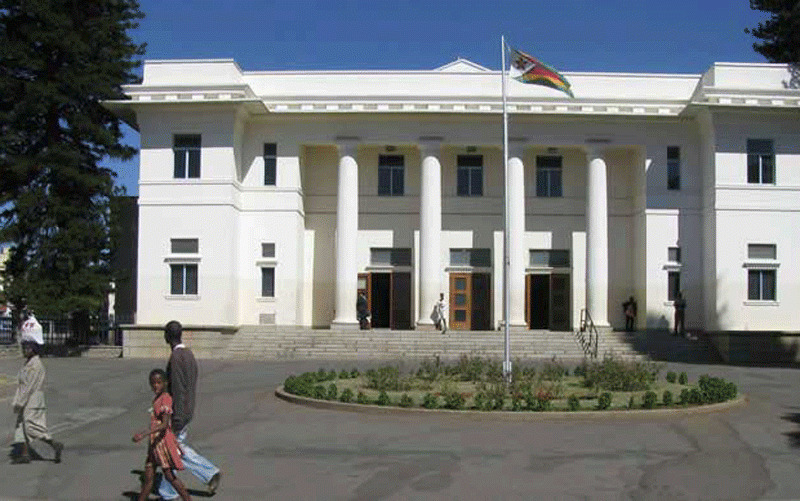
A JOINT operation conducted by Bulawayo City Council rangers and police in the Umzingwane water catchment area and Greater Bulawayo area has so far netted 44 gold panners, resulting in the council collecting US$2 720,22 in environmental fines.
This is revealed in the latest council report from the parks section, presented by the housing and community services director Dictor Khumalo last month.
According to the report, joint patrols were conducted focusing on environmental issues and degradation in the Greater Bulawayo and water catchment areas.
“There were joint patrols which were conducted at catchment areas on April 22 and 23. During these patrols, 16 illegal gold panners were arrested and handed over to the police at Esigodini. This brought the total to 44 gold panners arrested from January 2024 to date,” the report read.
The rangers also confiscated 48 tools, including a water pump.
On minerals and sand poaching, council said extended patrols were conducted in the western area, where eight trucks were impounded for soil extraction and wood harvesting.
“During the extended and routine patrols, a total of 57 tickets were issued and out of those tickets, 26 tickets had been paid for amounting to US$2 720,22, leaving a balance of 31 tickets with a sum of US$29 523,21.
“During the patrols conducted on April 28, a total of 29 scotchcarts and one wheelbarrow were impounded. The firewood confiscated was disposed of at Pumula Housing Office,” the report read.
- Uproar over census figures
- Byo Arts Festival in turmoil…One year later, festival has yet to pay artists…Organisers play cat and mouse with artists
- Bulawayo struggles to clear housing backlog
- Council acts tough on debts
Keep Reading
On the sale of pit sand, council said a total of 54 truckloads were recorded at the two pit sites and US$540 was realised.
The report said various challenges were encountered including a donkey menace in Cowdray Park, Pumula, Magwegwe North and other peri-urban areas closer to the suburbs.
Council said the section was incapacitated due to inadequate transport and workforce.
Meanwhile, councillors have expressed concern that some parks in the city were not functional.
The councillors proposed that the parks be branded for ease of identification, adding that they should be protected by secure boundary fences.
In response, Khumalo indicated that the state of the parks was a result of unavailability of water.
“Reclaimed water was mostly used, but currently the little water available is being taken to Barbourfields Stadium. . . the issue of branding has been noted and will be looked into accordingly,” the minutes read.
Council recently revealed that mining activities at Alice Farm in Umzingwane district were posing a serious threat to humans, domestic animals and wildlife, with indications that cyanide is likely to contaminate water in Upper Ncema Dam.
The report also indicated that the local authority’s water and sanitation department reported that council rangers recently identified a concerning development at Alice Farm.
“This mining activity involved the construction of a heap leach pad, located close to the buffer zone of Upper Ncema Dam. Initial investigations revealed a discrepancy.
“While the mining developers held a registered claim allowing ore extraction, their current activities involved ore treatment, exceeding the permitted scope of their claim. Additionally, the abnormally high activity prompted further investigation,” the report said.
Council noted that the unauthorised structure posed a significant threat to the environment and the local community.
“Immediate action is necessary to address this critical issue and ensure protection of both the dam and the well-being of the people,” the minutes said.
The local authority recommended that given the potential consequences and risks associated with the construction of the heap leach pad near Upper Ncema Dam the proposal be rejected.
It said this was essential to prioritise the protection of the Upper Ncema water body, the environment and the well-being of the local communities, while ensuring the long-term sustainability of the region.









